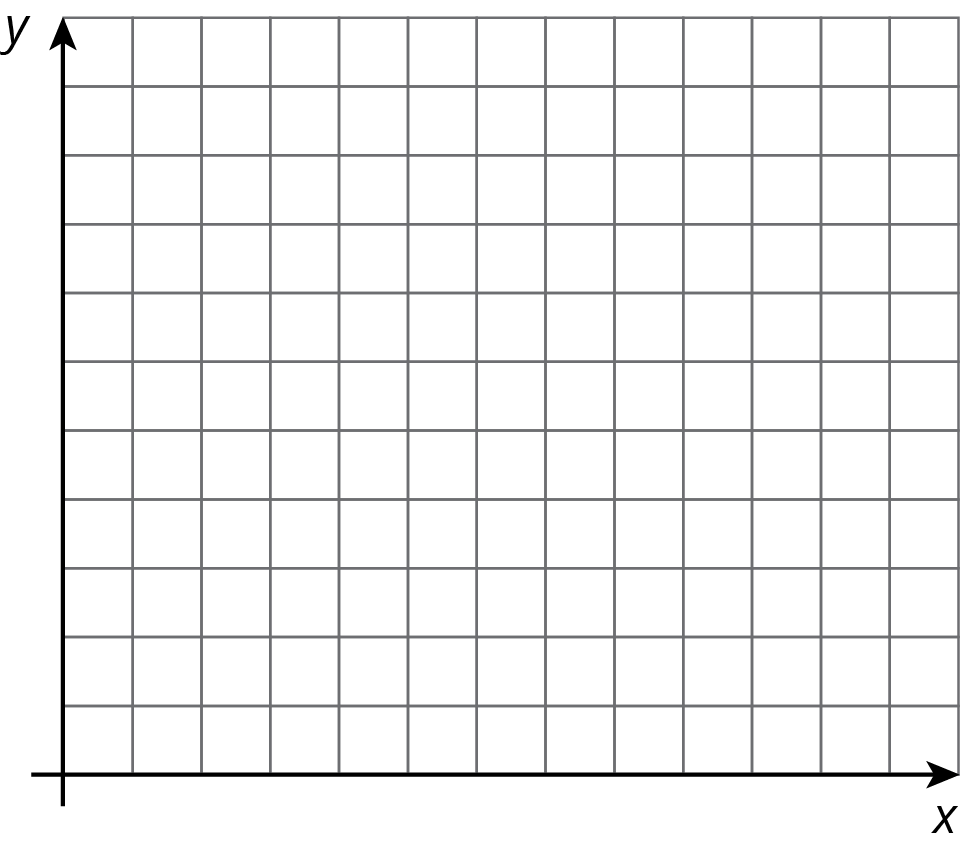Lesson 25
Using Linear Relations to Solve Problems
Let’s write equations for real-world situations and think about their solutions.
25.1: Buying Fruit
For each relationship described, write an equation to represent the relationship.
- Grapes cost $2.39 per pound. Bananas cost $0.59 per pound. You have $15 to spend on \(g\) pounds of grapes and \(b\) pounds of bananas.
- A savings account has $50 in it at the start of the year and $20 is deposited each week. After \(x\) weeks, there are \(y\) dollars in the account.
25.2: Five Savings Accounts
Each line represents one person’s weekly savings account balance from the start of the year.

- Choose one line and write a description of what happens to that person's account over the first 17 weeks of the year. Do not tell your group which line you chose.
- Share your story with your group and see if anyone can guess your line.
-
Write an equation for each line on the graph. What do the slope, \(m\), and vertical intercept, \(b\), in each equation mean in the situation?
- For which equation is \((1,70)\) a solution? Interpret this solution in terms of your story.
- Predict the balance in each account after 20 weeks.
25.3: Fabulous Fish
The Fabulous Fish Market orders tilapia, which costs $3 per pound, and salmon, which costs $5 per pound. The market budgets $210 to spend on this order each day.
- What are five different combinations of salmon and tilapia that the market can order?
- Define variables and write an equation representing the relationship between the amount of each fish bought and how much the market spends.
-
Sketch a graph of the relationship. Label your axes.

-
On your graph, plot and label the combinations A—F.
A B C D E F pounds of tilapia 5 19 27 25 65 55 pounds of salmon 36 30.6 25 27 6 4 -
Which of these combinations can the market order? Explain or show your reasoning.
- List two ways you can tell if a pair of numbers is a solution to an equation.